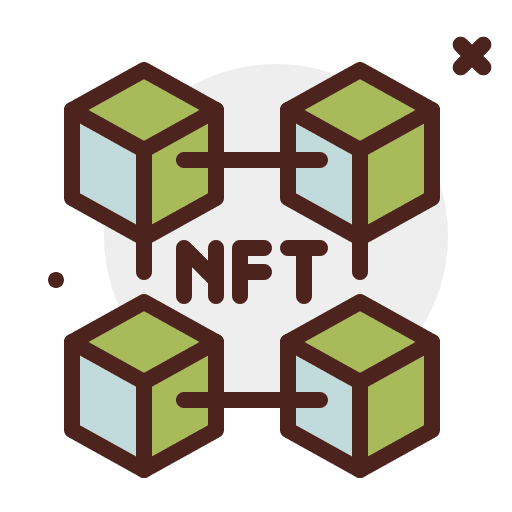
How free-to-own NFTs can be used to incentivize learning
Nov 28, 2022
Alternative education builders can learn a lot from the gaming industry.
I recently tweeted:
"Online learning is more similar to online gaming than many think. The community, incentives, & experience are critical for each to succeed."
I was inspired to write this after learning about Gabriel Leydon’s vision of free-to-own NFTs in gaming. Leydon explains his vision in the podcast with Patrick O’Shaughnessy called “How Web3 Onboards a Billion Users”.
The idea of free-to-own is simple — give free NFTs to your game users, and use these free NFTs as a way to build deeper relationships with the gamers.
Free-to-own NFTs in learning
Free-to-own NFTs serve a purpose in alternative educational models because they offer an additional incentive to learn.
Alternative education is at an inherent disadvantage compared to traditional education — it doesn’t have the ability to deliver widely-accepted grades and degrees.
Without the “stick” of delivering bad grades to learners, builders in alternative education must rely on other incentives to support a productive learning environment.
For example, I write in “In the future of education, incentives matter”:
"When writing online, the incentive to learn is not to get an A from your professor. Rather, the incentive is to build your personal brand, make connections with others through the writing, and learn about topics you're interested in (among other benefits)."
While the incentives to learn outside of grades/degrees are strong and effective, we should aim to build additional incentives to increase the desire to learn.
Free-to-own NFTs add an incentive to the incentive stack of learning in an alternative education environment.
What’s the incentive that comes with free-to-own NFTs?
I’ve learned from building and running cohorts with Taptive that gamification works.
For example, in early cohorts, we tracked progress during the cohort through a simple table called the “Progress Log”. However, we struggled to make people care about the Progress Log — people would rarely add their writing to the table, and it didn’t incentivize learning.
Then, we made a simple update to the table that drastically changed behavior. We changed the name to the “Leaderboard” and built in some sorting to bring the top performers of the cohort to the top of the Leaderboard. On top of this, we started to give awards to writers based on their position on the Leaderboard. This simple change resulted in more writing and more learning.
Free-to-own NFTs are a simple and effective way to increase the meaning of the awards that we grant at the end of the cohort.
Currently, the awards are purely social — winners of the cohort awards are recognized in front of the group through announcements and emails. While this is effective, NFTs can go a step further.
Free-to-own NFTs will give us the opportunity to grant tangible, on-chain awards that winners will own.
Ownership is important. It’s symbolic. And it gives winners something to show others and look back on. There is intangible value even if it’s never worth anything to sell.
Free-own-NFTs are not a game-changer. They are an incremental improvement. They are an addition to the incentive stack. And when building in the alternative education space, incentives matter.
TalentDAO Experiment
We’re currently experimenting with this with TalentDAO. We’re using a simple tool called Badger that allows us to easily mint and distribute NFTs to wallet addresses.
While this is an experiment, we ultimately started this because of multiple requests from past cohort participants.
We will run this experiment and see how free-to-own NFTs can improve alternative education.
